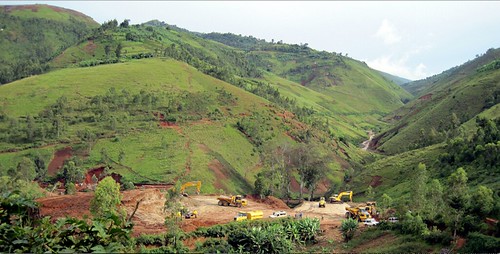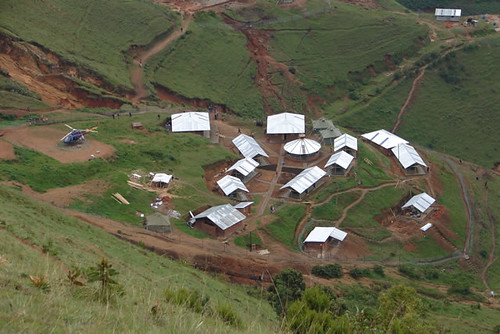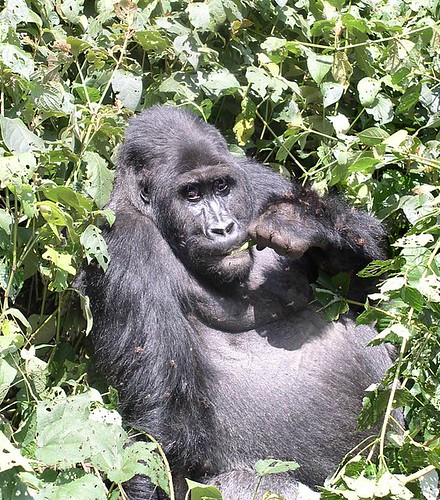Twangiza Report

Existing and planned mining extends across vast swathes of DRC, including much of the forest. There are 590 mining companies with a total of 6,727 permits of which 3,006 are owned by either individual or industrial mining companies and over 152 are identified as artisanal. Mining permits cover over 39% of the DRC’s total land area with 24% of total intact forest areas directly overlapping with mining permits. This will inevitably lead to potential conflicts between communities, conservation efforts, and extractives industries.
To help mitigate potential impacts, risks need to be identified at the earliest stage of planning. This report highlights some potential risks associated with a gold mine being implemented by Banro, a Canadian mining company, in South Kivu in the Democratic Republic of the Congo
Artisanal Mining
In addition to industrial mining, artisanal mining (ASM) is also widespread throughout the country. While legally bound to certain laws in the Mining Code of 2002, ASM is largely unregulated. ASM activities overlap many intact forest areas, nation parks and reserves and due to ongoing-armed conflict and poorly resourced park management, operators act with near impunity.
Twangiza Concession Location

In this context, Banro have been developing a series of mining concessions in South Kivu, in the troubled eastern region of DRC. Banro has 13 Exploitation Permits and an additional 14 exploration permits awarded in March 2007, which cover 2,638 square kilometres. Applications for additional exploration permits contiguous to and located between the Company’s Lugushwa and Namoya projects, along with areas south of Twangiza, are also pending 1.
Environmental Concerns

J. Flynn, Wikipedia
The Twangiza concessions straddle two protected areas – Kahuzi-Biega National Park in the north and Itombwe Nature Reserve to the south – overlapping both of them. Kahuzi-Biega is designated as World Heritage Site for its outstanding biodiversity, including forest elephants and gorillas. Banro have stated that environmental and social impact assessments will be conducted in compliance with the Equator Principles 2 2.
Artisanal Mining Presence
In addition to industrial mining, the area has a number of artisanal and small scale mines operating in the area. While the mines provide employment for many local people, mining revenues have been linked to armed groups operating in the area. The map above illustrates rebel groups who have operated gold and cassiterite mines, some overlapping with the Twangiza concession area.
Infrastructure
Further development of Twangiza concessions will require substantial infrastructure investments. To help power their gold mining operations, Banro plans to part finance a 30MW hydroelectric dam on the Ulindi River 3.
One study estimates that 1,860 households comprising 11,532 individuals, mostly farmers or artisanal miners, residing between the Twangiza and Lulimbohwe rivers would be affected by the project. More than 1,200 households would require resettlement 4. While there is no data on the dam location, there are two other hydropower projects also planned in the area as well one existing project which may require rehabilitation.
Indigenous Communities

Wikipedia: Tintazul
The influx of workers to the Twangiza and other mines could exacerbate conflicts over land and resources, particularly with pygmy communities. Barhwa and Babuluko pygmy communities were expelled from Kuhuzi Biega when it was created forcing many to make marginal livelihoods on the outskirts of the park. Further investigation is required to investigate risk, evaluate Free Prior and Informed consent of affected communities, and develop appropriate impact mitigation programs 5.


